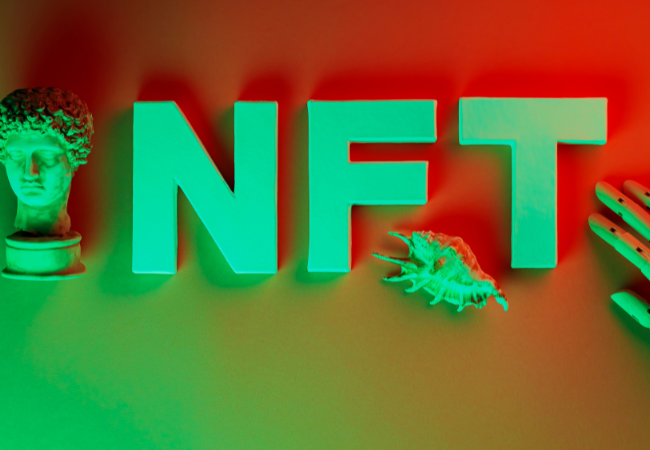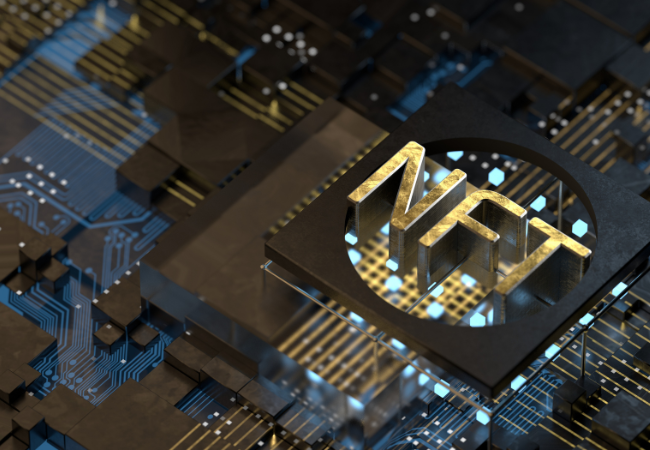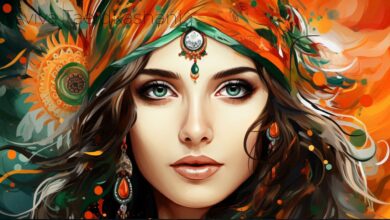The Enigmatic World of Nftrandomize

In the digital age, where technology meets artistry, NFTs (Non-Fungible Tokens) have emerged as a revolutionary concept, transforming the way we perceive and interact with art. But within this realm lies an intriguing phenomenon—randomization. This article unravels the mystery behind NFT randomization, exploring its significance and impact on the world of digital creativity.
Understanding NFTs
What are NFTs?
NFTs, or Non-Fungible Nftrandomize Tokens, are unique digital assets that represent ownership of a specific item or piece of content, typically art, music, or collectibles. Unlike cryptocurrencies such as Bitcoin or Ethereum, NFTs are indivisible and cannot be exchanged on a one-to-one basis, making each token distinct and irreplaceable.
The Role of Blockchain in NFTs
Blockchain technology underpins NFTs, ensuring their authenticity and provenance. Each NFT is minted on a blockchain, creating a permanent record of ownership and transaction history. This decentralization fosters trust and transparency, crucial elements in the digital art market.
The Concept of Randomization
What is Randomization?
Randomization is the process of introducing unpredictability into the creation or arrangement of items. In the digital realm, this can mean generating unique combinations of traits or features that make each piece distinct.
Randomization in the Digital Realm
In digital art, randomization allows for the creation of unique, one-of-a-kind pieces. It can be achieved through algorithmic processes, where specific rules are set, but the outcome remains unpredictable, or through procedural generation, which uses complex algorithms to produce diverse results.
NFT Creation Process
Steps to Create an NFT
Creating an NFT involves several steps, starting from conceptualization to minting on a blockchain. Artists design their work, choose a platform, and then mint their NFT, which involves creating a digital certificate of ownership.
Importance of Randomization in NFT Creation
Randomization is pivotal in NFT creation as it ensures each piece is unique. This uniqueness adds value and intrigue, attracting collectors who seek one-of-a-kind digital assets.
Why Randomization Matters
Ensuring Uniqueness
In a world where digital replication is easy, randomization guarantees that each NFT remains singular. This uniqueness is a key selling point for collectors and artists alike.
Enhancing Creativity
Randomization also fuels creativity. Artists can explore infinite possibilities, allowing for experimentation and innovation that might not be possible with traditional art forms.
Randomization Techniques
Algorithmic Randomization
Algorithmic randomization uses predefined rules to generate unique outcomes. Artists set parameters, and the algorithm produces various combinations, ensuring no two NFTs are identical.
Procedural Generation
Procedural generation is more complex, involving intricate algorithms to create diverse and unpredictable results. This technique is widely used in gaming and now in NFT creation, pushing the boundaries of digital art.
Case Studies of Randomized NFTs
Popular NFT Projects Using Randomization
Several NFT projects have Nftrandomize successfully utilized randomization. For instance, CryptoPunks and Bored Ape Yacht Club have gained immense popularity due to their unique, algorithmically generated characters.

Success Stories and Impact
These projects have not only captivated audiences Nftrandomize but also set new standards in the NFT space. Their success stories highlight the potential of randomization to create valuable and sought-after digital assets.
Challenges and Solutions
Technical Challenges in Randomization
Randomization is not without its challenges. Technical issues, such as ensuring true randomness and maintaining quality, can be daunting. However, advancements in algorithms and technology are continually improving these processes.
Overcoming Creative Block
For artists, randomization can also help overcome creative blocks. By letting algorithms introduce unpredictability, artists can discover new ideas and directions for their work.
Future of Nftrandomize
Trends to Watch
The future of NFT randomization is bright, with trends such as generative art and interactive NFTs gaining traction. These innovations promise to make digital art more dynamic and engaging.
Potential Innovations
Potential innovations include AI-driven randomization and cross-platform interoperability, allowing NFTs to evolve and interact with different digital environments, further enhancing their appeal.
Impact on Artists and Collectors
How Artists Benefit from Randomization
Artists benefit from randomization by Nftrandomize expanding their creative horizons and reaching new audiences. The uniqueness of each piece adds value, making their work more desirable.
The Collector’s Perspective
For collectors, randomization offers a chance to own truly unique pieces. The unpredictability adds excitement and exclusivity, making each acquisition a unique experience.
Economic Implications
Market Dynamics of Nftrandomize
The market for randomized NFTs is dynamic, with high demand driving up prices. Collectors are willing to pay a premium for unique digital assets, creating a lucrative market for artists.
Investment Potential
Randomized NFTs also present significant investment potential. As the market grows, the value of unique pieces is likely to increase, offering substantial returns for early adopters.
Legal and Ethical Considerations
Intellectual Property Issues
Intellectual property issues are a concern in the NFT space. Ensuring that randomization does not infringe on existing copyrights or trademarks is crucial to avoid legal disputes.
Ethical Concerns
Ethical concerns also arise, such as the environmental impact of blockchain technology and the potential for market manipulation. Addressing these issues is essential for the sustainable growth of the NFT market.
NFT Randomization Tools
Popular Tools and Platforms
Several tools and platforms facilitate NFT randomization, including Art Blocks and Async Art. These platforms provide artists with the necessary tools to create and mint unique NFTs.
How to Choose the Right Tool
Choosing the right tool depends on the artist’s needs and technical expertise. It’s essential to consider factors such as ease of use, features, and community support when selecting a platform.
Getting Started with NFT Randomization
Beginner’s Guide
For beginners, starting with NFT randomization can be daunting. Begin by understanding the basics of NFTs and blockchain, then explore platforms that offer randomization tools. Experiment and learn from the community.
Tips for Aspiring NFT Creators
Aspiring NFT creators should focus on creativity and uniqueness. Embrace randomness, experiment with different techniques, and engage with the NFT community to learn and grow.
Conclusion
The world of NFT randomization is a fascinating blend of technology and creativity. It offers endless possibilities for artists and collectors, transforming the digital art landscape. As we embrace the random, we open doors to new forms of expression and innovation, heralding a vibrant future for digital art.
FAQs
What Makes NFT Randomization Unique?
NFT randomization ensures that each digital asset is one-of-a-kind, adding value and intrigue for collectors and artists alike.
How Does NFT Randomization Affect Value?
The uniqueness created by randomization can significantly increase the value of NFTs, as collectors seek exclusive pieces.
Are There Risks Involved in NFT Randomization?
Yes, technical challenges and market volatility are risks, but they can be mitigated with careful planning and innovation.
Can Anyone Create Randomized NFTs?
Yes, with the right tools and platforms, anyone can create randomized NFTs. It requires creativity and an understanding of the technology.
What’s Next for NFT Randomization?
Future trends include AI-driven randomization and enhanced interactivity, promising to make NFTs even more dynamic and engaging.



